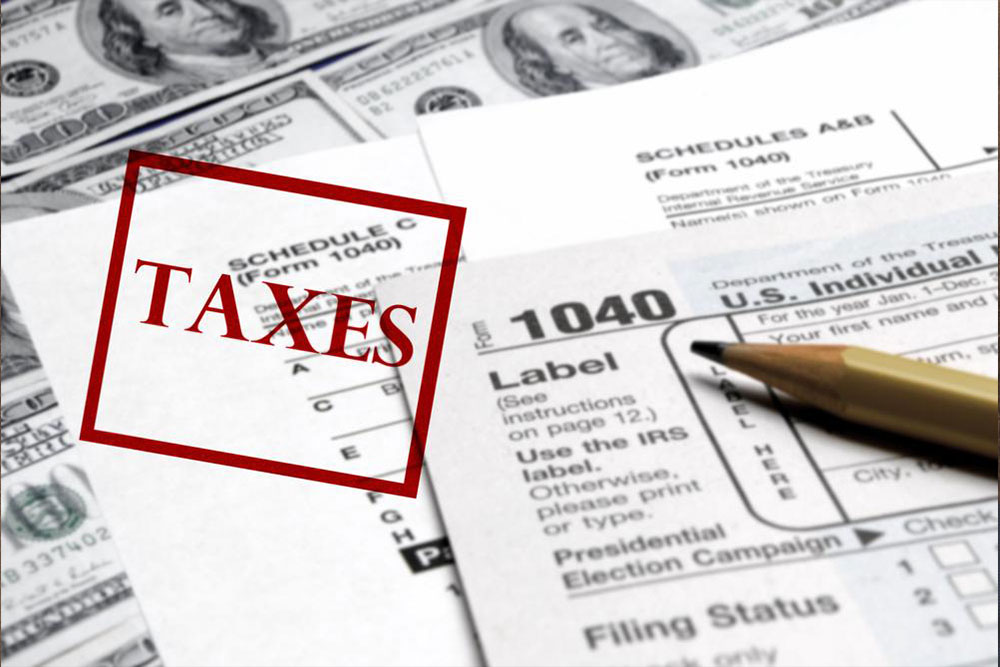Comprehensive Guide to Different Types of 1099 Tax Forms for Accurate Reporting
This detailed guide explains the different types of 1099 tax forms, their purposes, and how to correctly report various types of income. Whether you're an independent contractor, investor, retiree, or receiving government benefits, understanding these forms ensures accurate, compliant tax filing. The article also highlights IRS resources and the importance of precise information to avoid filing issues. Proper knowledge of 1099 forms can prevent penalties and facilitate smooth interactions with tax authorities, making tax season less stressful and more manageable for all taxpayers.

Comprehensive Overview of the Various 1099 Tax Forms and Their Importance
The Internal Revenue Service (IRS) categorizes the 1099 forms as vital information return documents that play a crucial role in ensuring accurate income reporting during tax season. These forms are used by individuals, businesses, and financial institutions to report different types of income earned throughout the year, aside from regular wages documented through Form W-2. Proper understanding and compliance with 1099 tax forms are essential for taxpayers to avoid penalties and ensure transparency during the tax filing process. The IRS also offers the 1099 forms free of charge through the official Free File program, making it accessible for all taxpayers to file correctly and efficiently.
Exploring the Different Types of 1099 Forms
Understanding the various 1099 forms is vital because each form pertains to specific sources of income, and accurate reporting ensures compliance with tax laws. Let’s dive into the most common types of 1099 forms, their purposes, and who needs to file or receive each.
Form 1099-MISC for Independent Contractors and Freelancers: This form is primarily used to report payments made to independent contractors, freelancers, and self-employed individuals for services rendered. If you are an independent worker earning more than $600 in a tax year, the payer is obligated to issue you a 1099-MISC. Similarly, businesses pay contractors and report these payments using this form. Unlike traditional employees who receive a W-2, independent workers rely on the 1099-MISC to report their earnings for accurate tax filing. The amount reported on 1099-MISC is considered taxable income, so it’s essential to keep track of these forms to report income correctly and avoid underreporting issues.
Form 1099-DIV for Dividends and Investment Income: This form reports earnings from investments such as dividends, interest income, and distributions from stocks, mutual funds, and other securities. Financial institutions, including banks and investment firms, generate 1099-DIV and 1099-INT forms to document dividends received and interest earned during the tax year. For investors, these forms are essential for accurately reporting income from investments and calculating taxable income. Proper documentation of dividends and interest ensures compliance and helps avoid disputes with the IRS during audits or reviews.
Form 1099-G for Government Payments: This form is issued by federal and state government agencies to report various payments made to taxpayers. Common transactions include unemployment benefits, state or federal tax refunds, and other government-issued payments. If you received government benefits or refunds during the year, the 1099-G will specify the amount, which, in many cases, is taxable income that needs to be reported during tax filing. This form ensures transparency between government agencies and taxpayers and simplifies reporting income from government sources.
Form 1099-R for Retirement Distributions: This form details distributions from retirement accounts such as pensions, annuities, IRAs, and other retirement plans. If you withdrew funds from these accounts during the year, the financial institution is responsible for issuing a 1099-R to report the amount withdrawn, including any taxable portion. Properly reporting retirement distributions is critical to determine tax obligations and possible penalties for early withdrawals, ensuring retirees and account holders comply with IRS rules. The form provides important information necessary for accurate tax reporting and planning.
Form 1099-C for Canceled Debts: This form is used when a creditor cancels or forgives a debt, and the forgiven amount is considered taxable income under IRS regulations. For example, if a bank forgives a credit card debt, or a lender cancels a portion of a mortgage debt, the amount forgiven might need to be reported on a 1099-C. The IRS treats canceled debt as income, so individuals must report this income when filing their taxes, which could potentially increase their tax liability.
The IRS provides extensive guidance on how to obtain, complete, and file 1099 forms. Many forms are available for download or can be filed online through the IRS’s Electronic Filing System, often with e-signature options. Submitting these forms electronically streamlines the process, ensuring faster processing and reducing errors. It is extremely important to verify that all information—such as taxpayer identification numbers, names, and income amounts—is accurate, clear, and legible to prevent delays or issues with filing. Keeping detailed records of all submitted forms and cross-checking recipient details beforehand helps in maintaining organized tax documentation. For more resources, tutorials, and free filing options, taxpayers are encouraged to visit the official IRS website, which offers comprehensive guidance on handling 1099 forms correctly.





